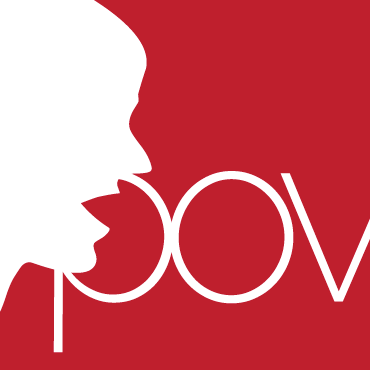“For a fresh perspective.” That’s the tagline of my visual consulting business. Fresh Perspectives is also the title of my blog. They both refer to point of view.
 I chose that tagline and blog title because, perspective, or to put it another way, point of view, is such a pivotal concept in writing and design. Point of view (POV) is all about the audience, the readers of your words and the viewers of your designs. Whenever we write something or design a piece, we have to read it, view it, experience it, from the audience’s perspective.
I chose that tagline and blog title because, perspective, or to put it another way, point of view, is such a pivotal concept in writing and design. Point of view (POV) is all about the audience, the readers of your words and the viewers of your designs. Whenever we write something or design a piece, we have to read it, view it, experience it, from the audience’s perspective.
Is an idea or a concept really brilliant if only a few people get it? Because it takes the elevated cognition of an elite few to understand it?
… Or is that idea or concept brilliant because it captures the understanding of and resonates with a mass audience?
(Addressing that is a whole new discussion!)
Suffice it to say, your reader has to understand where you’re coming from. Your reader has to get who’s doing the talking in order to accurately receive the message you intended to send.
Not to bind you up with a lot of rules … but when it comes to crafting your novel, you must decide, early on, who is going to tell the story. You must select whose POV is going to govern the information provided. And, once you’ve decided who will speak, remain consistent with that perspective. If the POV keeps changing, the reader will become confused. If the person speaking provides information that s/he wouldn’t ordinarily know, the work becomes inauthentic. Even if only in a subtle way.
Avid readers retain information well, especially when reading genre fiction like mysteries or thrillers. They’re taking mental notes, storing away details as they try to guess who the mystery killer will be or which character is the secret double agent. They are lining up the clues you provide in their own minds and anticipating how your story will end. They notice when things don’t add up.
Remember as you write (or design), that perspective is a key consideration in creating a quality experience for your audience.
Some Options on Point of View:
First Person POV. The narrator tells the story from his/her own POV using I, me, my, etc., and information provided is limited to only what the narrator would know. The narrator can make observations of other’s behaviors but can’t read other’s thoughts.
Third Person POV. The story is told by the narrator using he, she, him, her, etc., with a little more freedom to provide information about what the characters are doing and thinking.
Omniscient POV. The POV is “all knowing,” allowing the writer to share information, thoughts, actions, without limitations.
To use POV most effectively, decide which of your characters can tell your story in the most intriguing way. You may prefer the sense of immediacy, of being “in the moment,” provided by the first person POV. Or you may prefer the total freedom of an omniscient POV and greater control over the information that can be shared.
Regardless of the perspective you choose, consistency is key.
So who’s going to tell your story?
What’s your preferred POV and why? Share below! Next time, we’ll talk about genres! Until then, write every day!
And for more information on writing a novel, here’s the first release of my new Masterful Writer Series, Masterful Novel Writing.
John Dufresne tells how to write a story: